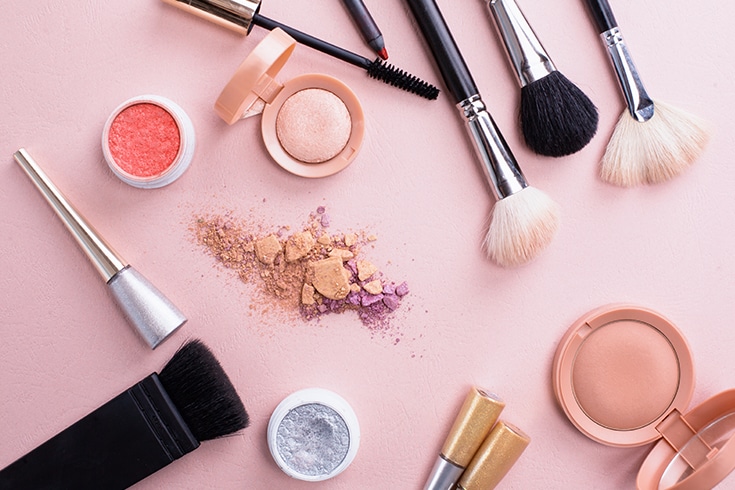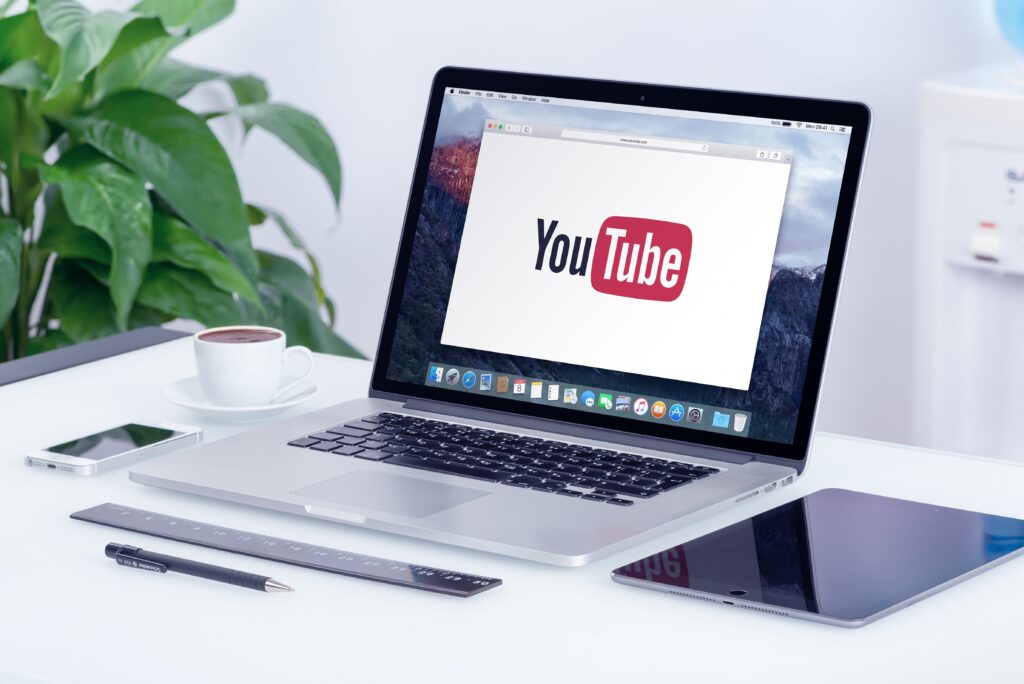What are the Key Points of YouTube's Terms of Service? A Lawyer Explains the Precautions for Product Introduction and Review Posting Videos

On YouTube, videos that introduce products or review the user experience of products are among the most popular content. People seek to learn about the reputation of a product from those who actually use it, using this information as a reference when making a purchase.
So, what issues might arise when introducing a specific product or posting a review in a video? In this article, we will explain the points to be careful about when creating and distributing product introduction and review videos on YouTube.
What are Product Introduction and Review Videos?
Product introduction and review videos are clips that compile the usage and impressions of specific products. Many YouTubers distribute these types of videos.
While many of these videos are produced and distributed as part of advertising and promotional campaigns by companies to convey the ‘goodness’ of their products, some also candidly express negative impressions, such as ‘dissatisfaction with the product use’.
There are sites with blog articles and product review features, like Amazon, for product introductions and reviews.
However, the use of videos has the advantage of being more specific and easier to understand, which is why they are popular.
Terms of Use for YouTube
There are, broadly speaking, three types of ‘terms’ that exist on YouTube.
- Terms of Service
- Community Guidelines
- Various Policies, etc.
To put it simply, the relationship between these is such that the Terms of Service are abstract, and the Community Guidelines and various policies, etc. are what make it concrete. This is the basic structure.
In this article, we will focus on explaining the Community Guidelines and various policies, etc.
Regulated Goods
Firstly, as stipulated in the Community Guidelines, content intended for the sale of certain regulated goods and services is not permitted on YouTube.
Regulated goods include:

- Alcohol
- Fake documents or counterfeit currency
- Controlled substances such as narcotics
- Explosives
- Nicotine products (including e-cigarette related products)
- Online gambling sites that have not been reviewed by Google or YouTube
- Non-prescription drugs
etc.
It is not permitted to post means such as links that can directly contact these sellers, email addresses, phone numbers, etc., which enable the sale of these goods and the promotion of the use of services. This policy applies to YouTube services and features such as videos, video descriptions, comments, live broadcasts, etc., so the following types of content are not permitted on YouTube.
- Links to unapproved online gambling sites and sports betting sites
- Selling fake passports, explaining how to create fake official documents
- Advertisements for dating clubs, prostitution, adult massages
- Explaining how to buy drugs on the dark web
- Videos of users buying goods using software that generates fake credit card numbers
- Including links to online pharmacies that do not require a prescription
Reference: YouTube Policy/Policy on the Sale of Illegal or Regulated Goods and Services[ja]
Posts introducing or reviewing these will be deleted.
Policy on Harmful or Dangerous Content
YouTube does not permit content that promotes dangerous or illegal activities that pose a serious risk of physical harm or death, as stipulated in the Community Guidelines. This includes, but is not limited to, the following types of content:

- Extremely dangerous challenges (challenges that involve an imminent risk of severe injury)
- Dangerous or threatening pranks (pranks that make others feel that they are in immediate physical danger or cause serious emotional distress to minors)
- Methods of killing or causing harm (explaining how to kill or harm others, or how to make a bomb)
- Use or production of hard drugs (content featuring people abusing hard drugs such as cocaine or opioids, or explaining how to make them)
- Eating disorders (content that glorifies or beautifies anorexia or other eating disorders, or encourages viewers to imitate them)
- Procedures for theft or fraud (showing viewers how to steal tangible goods or promoting fraudulent activities)
- Hacking (introducing how to use computers or information technology to steal authentication information, leak personal information, or cause serious harm to others)
- Avoiding payment for digital content or services (introducing how to use apps, websites, or other information technology to illegally access paid content for free)
- Promotion of dangerous drugs or treatments (claiming that harmful substances or treatments have health benefits)
Reference: YouTube Policy / Policy on Harmful or Dangerous Content[ja]
Originally, YouTube allowed the posting of even extreme content. However, recently, there have been cases where extreme videos involving challenges that pose a danger to life or physical safety have been removed.
You must avoid harmful or dangerous content like the ones listed above, as well as videos that introduce or review such content.
In particular, you must not post content that involves minors in dangerous activities or encourages minors to engage in dangerous activities.
Counterfeit Goods
The use of Google’s services, including YouTube, for the sale or promotional activities of counterfeit goods is prohibited.
Counterfeit goods refer to products that include trademarks or logos that are identical or nearly indistinguishable from other trademarks. Channels that advertise or sell counterfeit goods may be suspended.
According to Google’s advertising policy, introducing or reviewing such products could potentially lead to the suspension of your channel.
Products and Services that Promote Unlawful Activities
Google’s advertising policy stipulates “Products and Services that Promote Unlawful Activities,” and the following are not permitted:
- Products or services that deceive people
- Products or services that enable unauthorized access or unlawful modifications to systems, devices, or properties
- Products or services that enable tracking or monitoring of individuals or their activities without their consent
Examples of the first category include:
- “Creating forged documents such as passports or diplomas, selling numbers that imitate national identification numbers”
- “Ghostwriting or proxy exam services, invalid clicks or reviews”
- “Selling disguised user operations in the form of recommended information on social media”
Examples of the second category include:
- “Hacking services”
- “Unauthorized reception of cable TV”
- “Radar jamming”
- “Unlawful manipulation of traffic signals”
- “Wiretapping or interception of communications”
Examples of the third category include:
- “Spyware and technology used to monitor close acquaintances”
- “GPS trackers that explicitly aim to monitor or track individuals without their consent”
- “Promotion of surveillance equipment (cameras, voice recorders, drive recorders, babysitter cameras) that explicitly aim for spying”
These are some examples.
Reference: Google Advertising Policy[ja]
If you introduce or review these, your channel may be suspended.
Copyright Infringement
Normally, taking photos of a product and distributing them does not infringe on the copyright of the product.
For instance, the latest models of computers and iPhones are often featured in product introductions and review videos. However, these are not typically considered copyrighted works. This is because, in order to be protected under copyright law, the work must creatively express thoughts or feelings. Computers, iPhones, and household appliances are not protected by copyright law.
However, if you use photos of products taken by others in your product introductions or review videos, you need to be mindful of the copyright of those photos.
Furthermore, photos that demonstrate creativity in the arrangement or angle of the product may be recognized as copyrighted works. Using such photos without the permission of the rights holder can result in copyright infringement.
If you want to use product photos or videos, you should either use free materials or take the photos yourself.
Regarding copyright, the following content is prohibited:
- Illegal sites or software that enable the acquisition, copying, or access of content protected by copyright (audio guides, e-books, anime, games, movies, MP3s, ringtones, music, software, TV shows, illegal streaming, sharing, duplication, downloading of works by content creators, sites, software, toolbars)
- Sites or apps that illegally distribute copyrighted content offline (sites distributing illegal physical copies of copyrighted CDs, DVDs, software)
- Software, sites, tools that remove or bypass Digital Rights Management (DRM) technology from copyrighted content (products or services that enable access to copyrighted content by removing or bypassing DRM technology from audio, video, e-books, software)
Reference: Google Advertising Policy[ja]
https://monolith.law/youtuber-vtuber/youtube-thumbnail-risk[ja]
Relation to Defamation
If you distribute a product introduction video that criticizes a product, you may face issues related to defamation.
Defamation occurs when you present specific facts that lower the social evaluation of an individual or corporation to an unspecified or large number of people.
In the case of product introductions or review videos, if you distribute them on YouTube, they will be viewed by an unspecified or large number of people.
Furthermore, the honor protected by the crime of defamation includes not only the honor of individuals but also that of corporations such as companies. Therefore, it can be an issue whether or not the product featured in the product introduction video defames the honor of the company that manufactures or sells the product.
What is important in determining the success or failure of a defamation crime is whether specific facts that lower social evaluation have been presented.
For example, if you distribute a product introduction video saying, “This beef is said to be Matsusaka beef, but it’s actually imported beef,” and if that claim is a mistake or a lie, it can be said that you have unfairly lowered the social evaluation of the manufacturer by distributing false facts. Such a product introduction video could potentially be illegal as it constitutes defamation.
On the other hand, in the case of product introductions or review videos with content such as “This beef is bad” or “The presentation is sloppy and looks bad,” these are ultimately subjective personal opinions, so they cannot be said to present specific facts, and are considered opinions or reviews. Therefore, the likelihood of defamation occurring is low.
https://monolith.law/youtuber-vtuber/youtube-libel-company[ja]
https://monolith.law/youtuber-vtuber/youtube-introduction-approval[ja]
Summary
As explained here, YouTube has strict standards in place.
Even if something is “not illegal by law”, if it violates the terms of service, your video may be removed. Therefore, when posting product introductions and reviews, it is necessary to be mindful of these terms of use and other regulations.
Introduction to Our Firm’s Measures
Monolith Law Office is a legal office with high expertise in both IT, particularly the internet, and law.
In recent years, we have been handling many advisory cases for YouTubers and VTubers, who are becoming popular online. The need for legal checks in channel management and contract-related matters is increasing. At our firm, lawyers with specialized knowledge are taking measures.
Please refer to the following article for more details.
Category: Internet





















